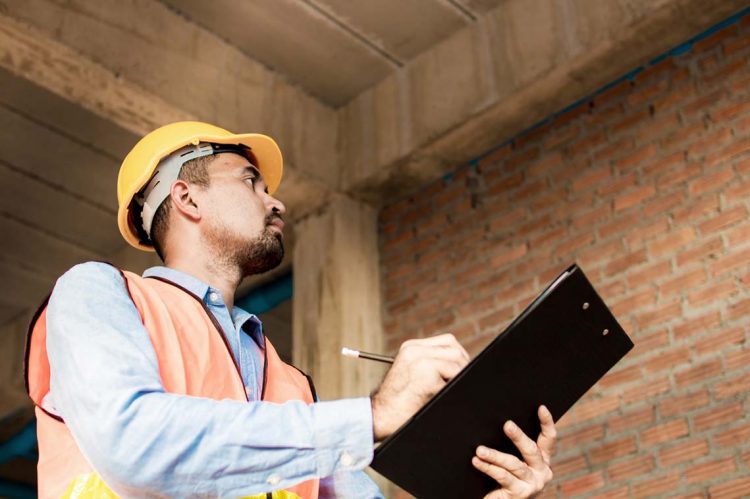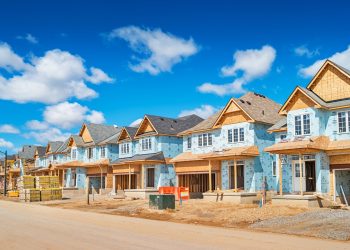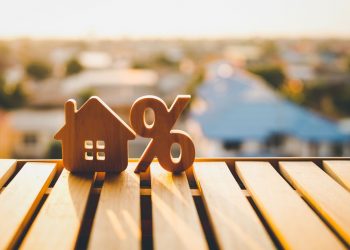(TNS)—Home appraisers have gotten an unusual amount of attention recently thanks to a surge in coverage about racial disparities in home valuations.
There’s no simple explanation for how a property’s value is assessed, but understanding how appraisals work and the industry’s current makeup can provide some framework to addressing inequality in the housing market.
Why Diversity Is Important in the Appraisal Industry
Before understanding why diversity matters in appraisals today, it’s crucial to understand how the industry—and real estate more broadly—was designed to disadvantage minority homebuyers for generations.
Jessica Brown is a graduate of the Appraisal Institute’s Appraiser Diversity initiative (ADI), which is a collaborative effort between Fannie Mae, the National Urban League and the Appraisal institute, and its goal is to diversify the ranks of appraisers.
Brown is now an appraisal trainee with Treffer Appraisal Group in Annapolis, Maryland, and a consultant with Area Probe, a national real estate consultancy. But, before getting into real estate, Brown studied history, and she told Bankrate the policies of the past continue to affect the housing market today.
Many cities, she said, “have a history of redlining, which was a federal government practice that purposefully said that these neighborhoods where Black people live are worth less than where white people live.”
Brown said that history has kept property values in minority neighborhoods low for generations, because they were officially deemed riskier investments. In addition to holding families of color back from growing their wealth, it can put appraisers in a tough position.
“Appraisers have to use the data that is available to them, in most cases, that’s recently settled sales,” she said. “There’s nothing an appraiser could do in practice to address that disparity.” But, she added, “understanding the history would also encourage people to think of solutions that would address those types of institutional and historical issues.”
In the meantime, Brown said, appraisals that seem unfair will continue to be a factor in her industry.
“Every month, I see a viral article about a Black homeowner who thinks they’ve been discriminated against by their appraiser and it erodes public trust,” she said. “If even a small population doesn’t trust the appraisals, that’s a huge problem for the industry and something it needs to work out.”
Industry Groups Are Coming Around to This View Too
“The Appraisal Institute recognizes that unconscious bias is human and exists in various forms, and no profession is immune from it. We need to educate ourselves about potential bias and how to interrupt it,” Rodman Schley, president of the Appraisal Institute, said in a statement in October. “Creating a more equitable housing environment is a top priority for the Appraisal Institute.”
How to Become an Appraiser
On paper, becoming an appraiser is not technically difficult. Although states can create their own more stringent requirements, national standards set by the Appraisal Foundation require an Associate’s degree or similar amount of relevant, accredited coursework. Appraisers also have to take state licensing exams and receive 1,000 hours of supervised training.
What’s Preventing the Field From Being More Diverse?
It’s that last requirement, according to Brown, that’s the real stumbling block for most would-be appraisers.
“There’s no red tape that’s keeping Black folks and other people of color out of the industry. It’s more institutional in a sense,” she said. “If we’re talking about an apprentice-style industry, it’s going to be hard for a Black person to find someone to train them.”
For much of the 20th century, minorities were barred from becoming appraisers, or had extremely limited opportunities to break into the field. Now that those barriers have fallen by the wayside, the real struggle is getting the necessary hours of supervised training.
According to 2019 data from the Urban Institute, 89% of home appraisers are white, which makes it much more unlikely for people of color to know someone who would be willing to devote the time needed to mentor them.
“You have to know somebody,” Brown said. “It is a time commitment, and that’s why I think people might be reluctant to take on trainees, and if they do take on trainees, they often do someone they already care about and are willing to sacrifice for.
New Appraisal Program Targets Solutions
As of January 2021, the Appraisal Foundation introduced an alternative qualification method called Practical Applications of Real Estate Appraisal (PAREA). Under the new framework, prospective appraisers can qualify for the industry in states that accept their credits without the need for such a high number of supervised hours. Much of the training under PAREA happens through simulation, though there is a mentoring aspect as well. Individual states can choose to accept all, some or none of a trainee’s PAREA hours.
Brown said she’s optimistic that PAREA will help make becoming an appraiser an option for more people of color.
Bottom Line
The real estate appraisal field has long been dominated by white men, and property valuations are built on a foundation that systematically undervalued homes and lots in minority neighborhoods.
Addressing those disparities will take concerted effort, and initiatives like the ADI and PAREA are working toward that goal.
“There’s a very large conversation where there’s a lot of emphasis on making the industry reflect what our nation looks like,” Brown said. “The public has to trust that appraisers are unbiased.”
©2021 Bankrate.com
Distributed by Tribune Content Agency, LLC












